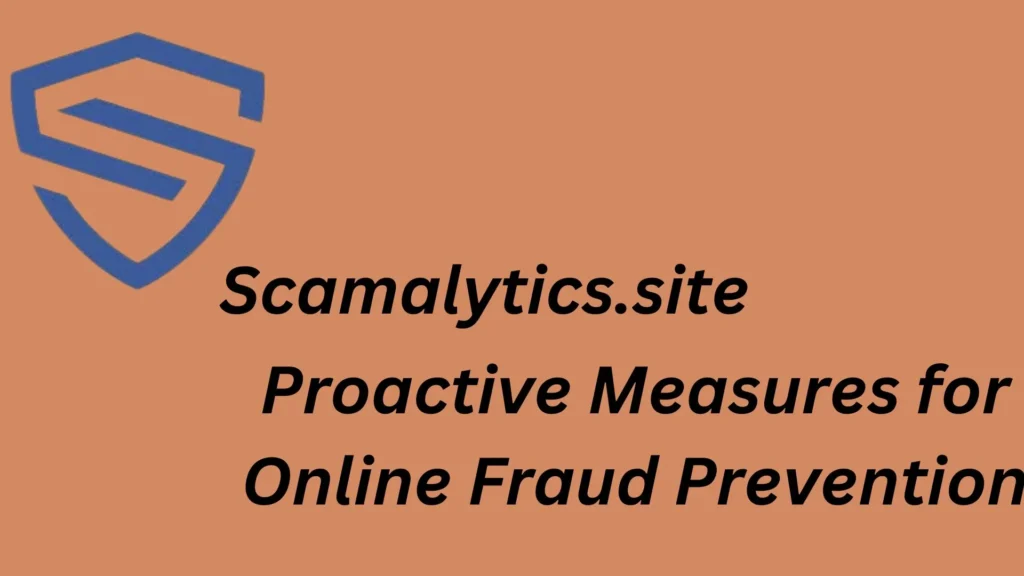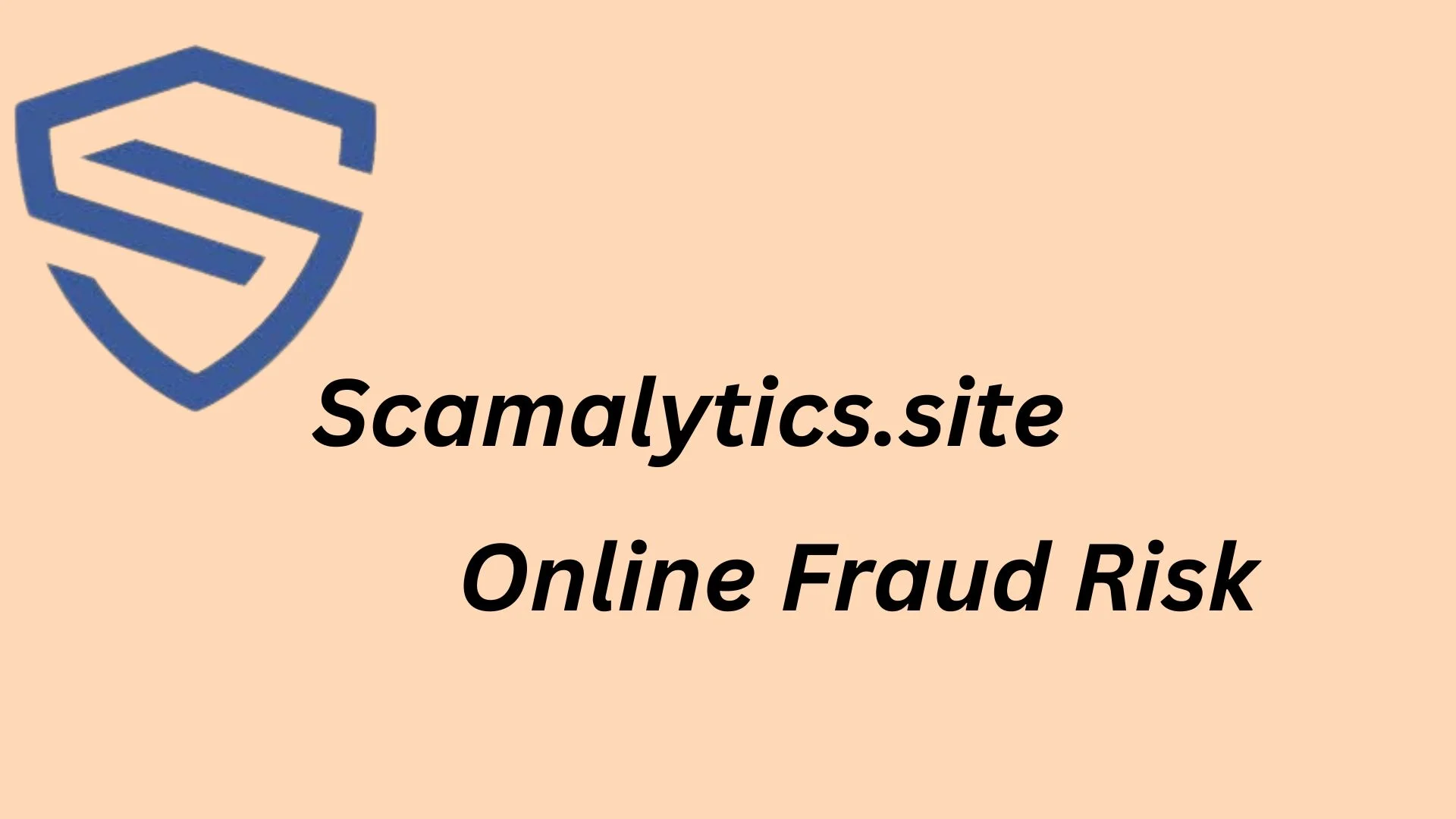In the digital age, the landscape of fraud has shifted dramatically, with a significant portion of fraudulent activities now taking place in the online realm. Online fraud encompasses a wide range of illicit practices, including identity theft, phishing scams, credit card fraud, e-commerce scams, and various other schemes that leverage the anonymity and accessibility of the internet.
The proliferation of e-commerce, digital payments, and the increasing reliance on online services have created a fertile ground for fraudsters to exploit vulnerabilities and target unsuspecting victims. As the global economy becomes more interconnected and digitized, the potential for online fraud continues to grow, posing a significant threat to individuals, businesses, and organizations alike.
Identifying the Drivers of Online Fraud
Several key factors have contributed to the rise of online fraud, making it a persistent and evolving challenge:
1. Accessibility and Anonymity
The internet provides a veil of anonymity, allowing fraudsters to operate from anywhere in the world and conceal their true identities. This anonymity, coupled with the ease of access to online platforms and tools, has lowered the barrier of entry for would-be perpetrators, enabling them to launch sophisticated and far-reaching fraud schemes.
2. Technological Advancements
Advancements in technology, such as the widespread adoption of mobile devices, the increased use of digital payments, and the proliferation of social media, have created new avenues for fraudsters to exploit. Cybercriminals continuously develop novel techniques to bypass security measures and leverage technological vulnerabilities to carry out their fraudulent activities.
3. Globalization and Cross-border Challenges
The global nature of the internet and the ease of cross-border transactions have made it increasingly challenging to detect, investigate, and prosecute online fraud. Jurisdictional boundaries, legal complexities, and the diverse nature of fraudulent schemes add layers of complexity to combating this issue.
4. Social Engineering and Human Vulnerabilities
Fraudsters often leverage social engineering tactics, capitalizing on human emotions, biases, and lack of awareness to manipulate and deceive their targets. These psychological techniques can be highly effective in tricking individuals into revealing sensitive information or making decisions that ultimately benefit the fraudsters.
5. Monetization of Personal Data
The vast amounts of personal and financial data generated and shared online have become a valuable commodity for fraudsters. The unauthorized access, misuse, and monetization of this data fuel a thriving underground economy for identity theft, financial fraud, and other malicious activities.
Assessing the Impact of Online Fraud
The consequences of online fraud can be far-reaching and devastating, both for individuals and organizations. Understanding the impact of these fraudulent activities is crucial in developing effective prevention and mitigation strategies.
Financial Losses
The direct financial losses associated with online fraud can be substantial, ranging from the theft of funds and assets to the costs of remediation and recovery. These losses can have a significant impact on the financial well-being of individuals, small businesses, and large enterprises alike.
Reputational Damage
Instances of online fraud can severely damage the reputation and credibility of the affected entities, whether they are individual victims or businesses. The erosion of trust can lead to a loss of customer confidence, difficulty in attracting and retaining clients, and long-term impact on brand image and market standing.
Regulatory Compliance and Legal Implications
Many industries and sectors are subject to strict regulations and standards, such as the General Data Protection Regulation (GDPR) or the Payment Card Industry Data Security Standard (PCI DSS). Failure to prevent and mitigate online fraud can result in compliance violations, leading to hefty fines, legal action, and increased scrutiny from regulatory authorities.
Cybersecurity Risks
Online fraud is often intertwined with broader cybersecurity threats, such as data breaches, malware infections, and network intrusions. Successful fraud attempts can provide a gateway for further attacks, compromising the integrity and confidentiality of sensitive information and systems.
Personal and Emotional Toll
For individual victims of online fraud, the consequences can extend beyond financial losses, causing significant emotional distress, identity theft, and long-lasting personal and social impact. The trauma and sense of violation can be difficult to overcome, highlighting the importance of comprehensive support and assistance for those affected.
Proactive Measures for Online Fraud Prevention

To mitigate the risks of online fraud, a multifaceted approach is required, combining technological solutions, robust processes, and user education. Here are some key proactive measures that organizations and individuals can implement:
1. Implement Multi-factor Authentication
Requiring multiple layers of verification, such as passwords, biometric data, or one-time codes, can significantly enhance the security of online accounts and transactions, making it more difficult for fraudsters to gain unauthorized access.
2. Leverage Fraud Detection and Prevention Tools
Investing in advanced fraud detection and prevention technologies, including machine learning algorithms, behavioral analytics, and real-time monitoring, can help identify and flag suspicious activities promptly.
3. Strengthen Identity Verification Processes
Robust identity verification procedures, including document verification, liveness detection, and biometric authentication, can help ensure that users are who they claim to be, reducing the risk of identity-based fraud.
4. Enhance Data Security and Privacy Measures
Implementing robust data security and privacy controls, such as encryption, access controls, and regular data backups, can mitigate the risks associated with the theft and misuse of personal and financial information.
5. Provide Comprehensive User Education
Educating users, whether they are employees or customers, about common fraud tactics, red flags, and best practices for online security can empower them to recognize and report suspicious activities, strengthening overall fraud prevention efforts.
6. Foster Collaboration and Information Sharing
Engaging with industry associations, law enforcement agencies, and other relevant stakeholders to share intelligence, trends, and best practices can enhance the collective understanding and response to online fraud.
7. Develop Incident Response and Recovery Plans
Having well-defined incident response and recovery plans in place can help organizations quickly and effectively respond to fraud incidents, minimizing the impact and facilitating the restoration of normal operations.
8. Continuously Monitor and Adapt
Regularly reviewing and updating fraud prevention strategies, based on emerging threats, technological advancements, and evolving customer and industry needs, is crucial to maintaining the effectiveness of online fraud mitigation efforts.
Conclusion
The growing threat of online fraud poses a significant challenge to individuals, businesses, and organizations worldwide. As the digital landscape continues to evolve, the need for comprehensive and proactive measures to combat this issue has become increasingly urgent.
By understanding the drivers of online fraud, assessing the potential impact, and implementing a range of preventive strategies, entities can better safeguard their assets, protect their reputations, and maintain the trust of their stakeholders. Collaboration, continuous adaptation, and a multi-layered approach to fraud prevention are essential in navigating the evolving landscape of online fraud and ensuring the long-term resilience of digital ecosystems.
Ultimately, the fight against online fraud requires a concerted effort from all stakeholders, including individuals, businesses, technology providers, and regulatory authorities. By working together to strengthen security measures, enhance user awareness, and foster a culture of vigilance, we can collectively strive to create a safer and more secure online environment for all.

